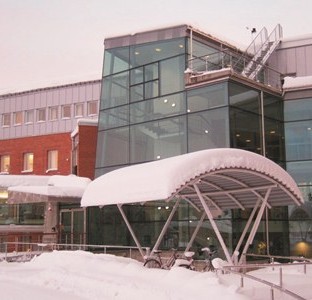
Space Physics Research at high latitudes has a tradition in Sweden that extends back several hundred years. In the 1740s the famous Swedish scientists Celcius and Hiorter discovered the connection between the Aurora Borealis and disturbances in the Earth’s magnetic field. However, it was not until 1902 that the first research station was set up north of the Polar Circle, near the railways between Sweden and Norway and near their common border. After a catastrophic fire the station was rebuilt at Abisko, some kilometres closer to Kiruna, mainly a place for biologists and geologists, but the geomagnetician, Bruno Rolf, stayed here for long periods and he discovered the “Giant Pulsations” in the geomagnetic fields.
In 1944 the Swedish government had set up a committee in order to make proposal to bring together the physical observations in a common geophysical observatory. The report from the committee proposed to build an observatory at a site eight kilometres east of the populated area of Kiruna.
Through a planning and financing phase the necessary area for the research activities was established and the construction of the first facilities started. The main building was inaugurated the 2 July 1957 and is still the core of the research facilities we know today.

